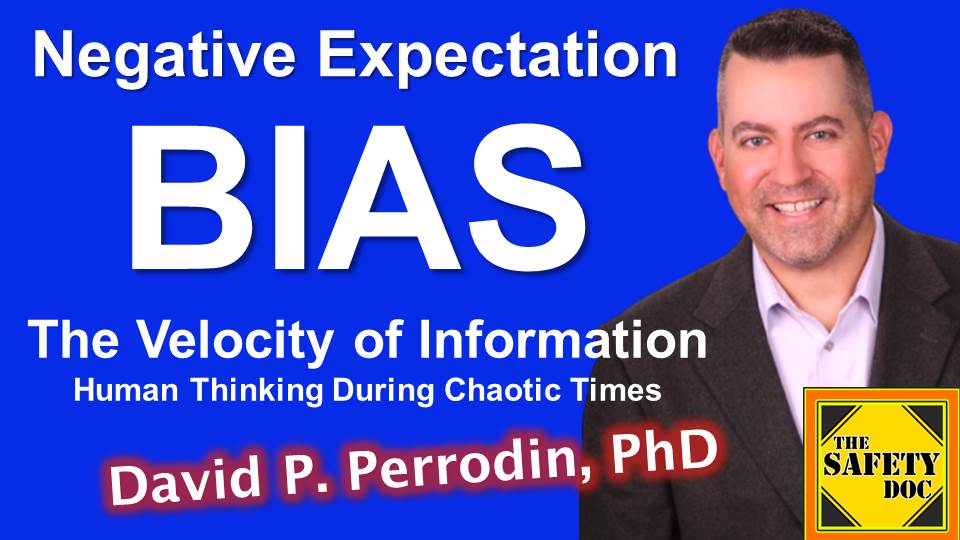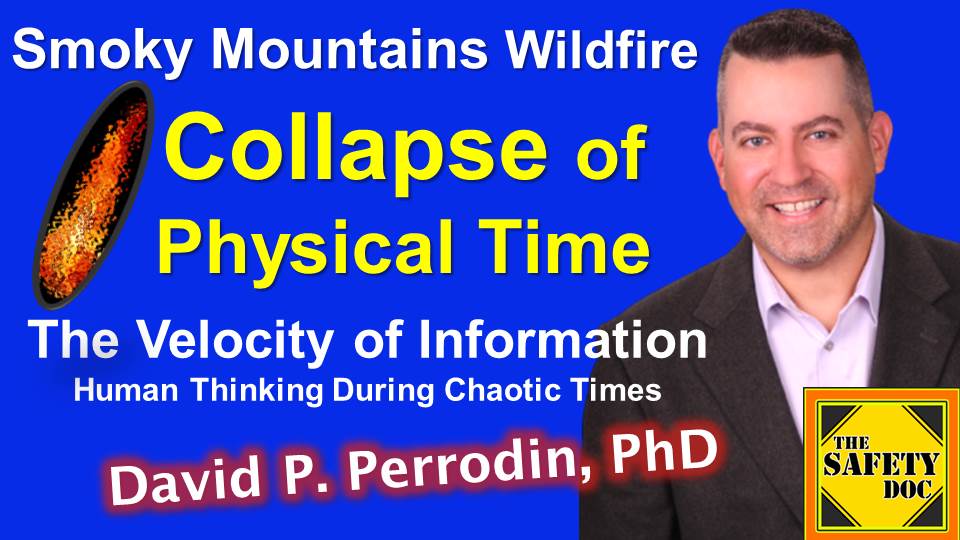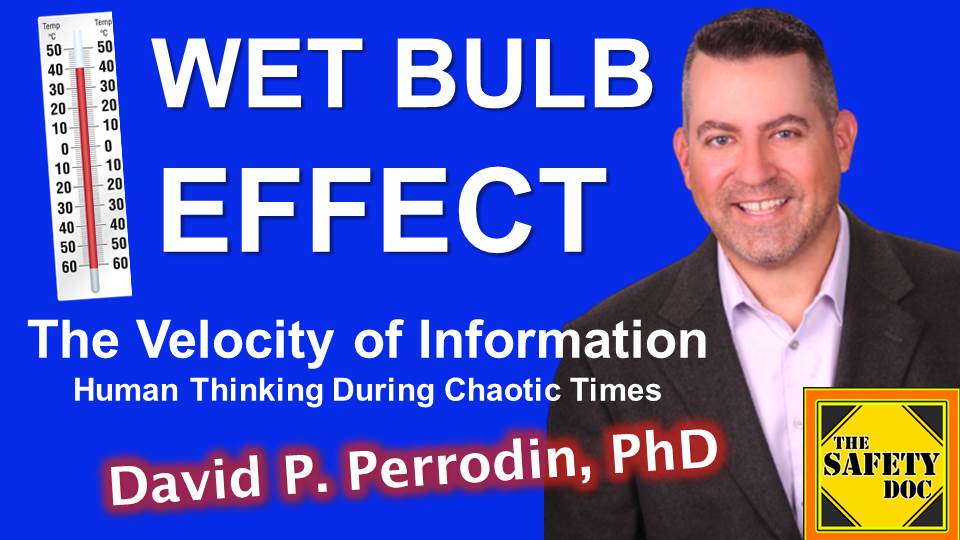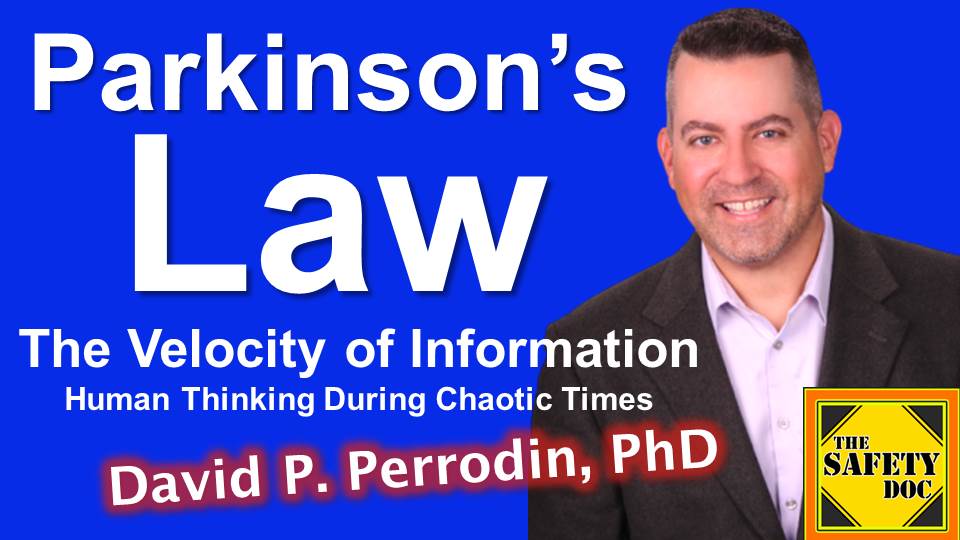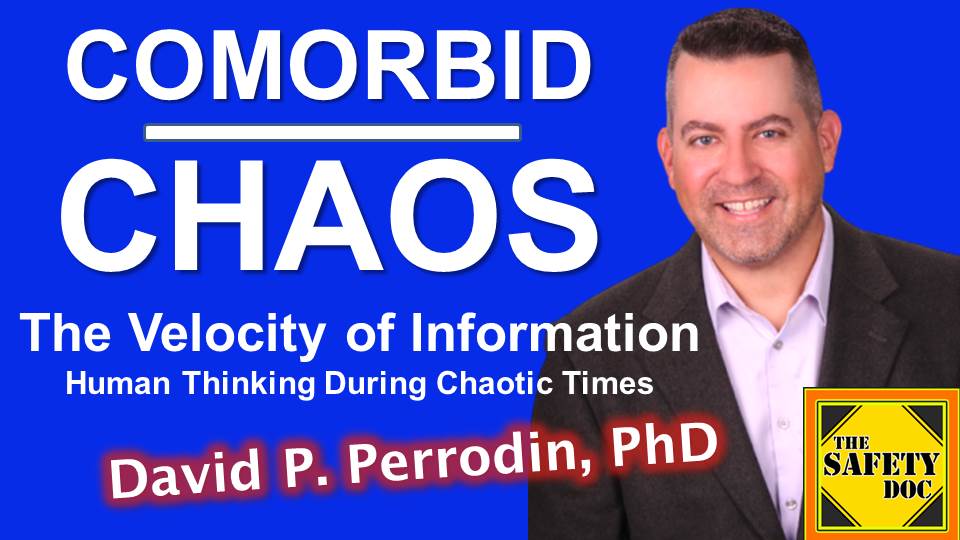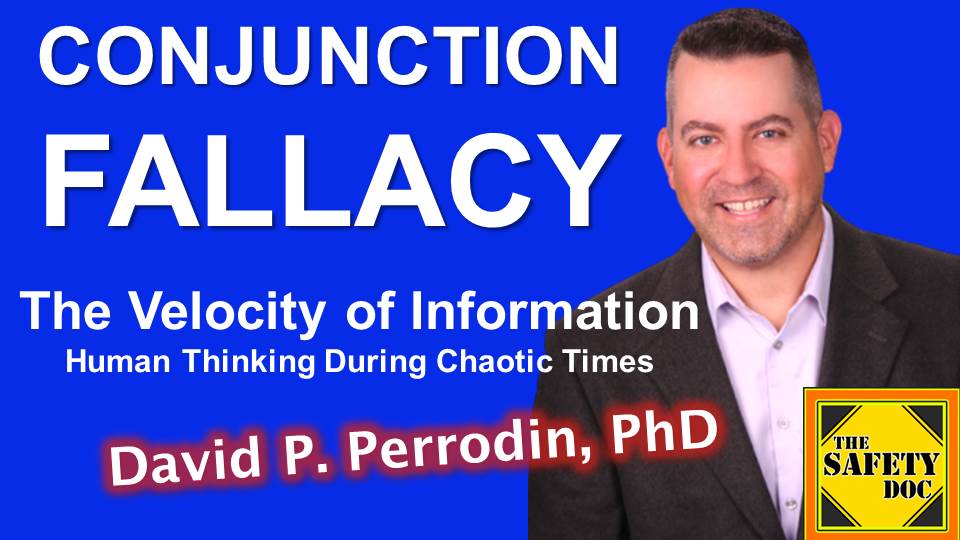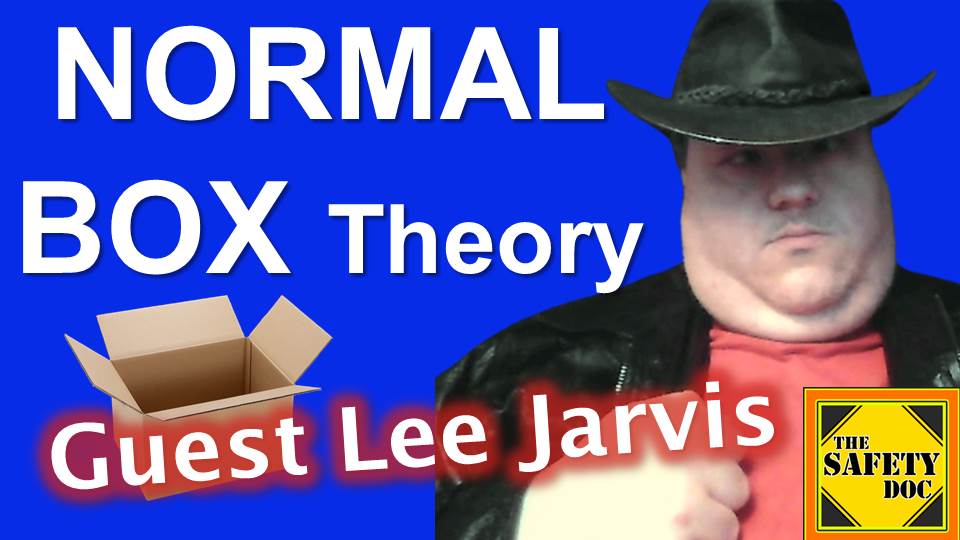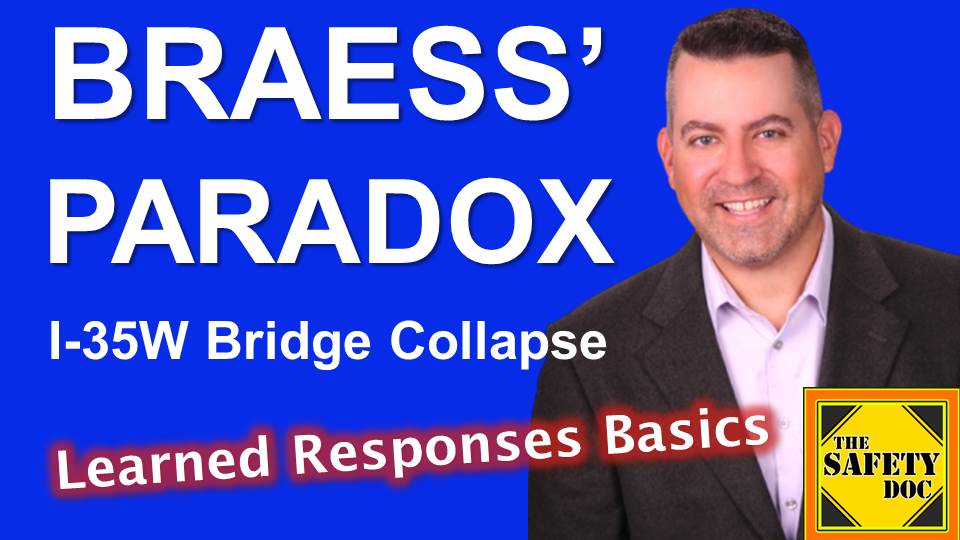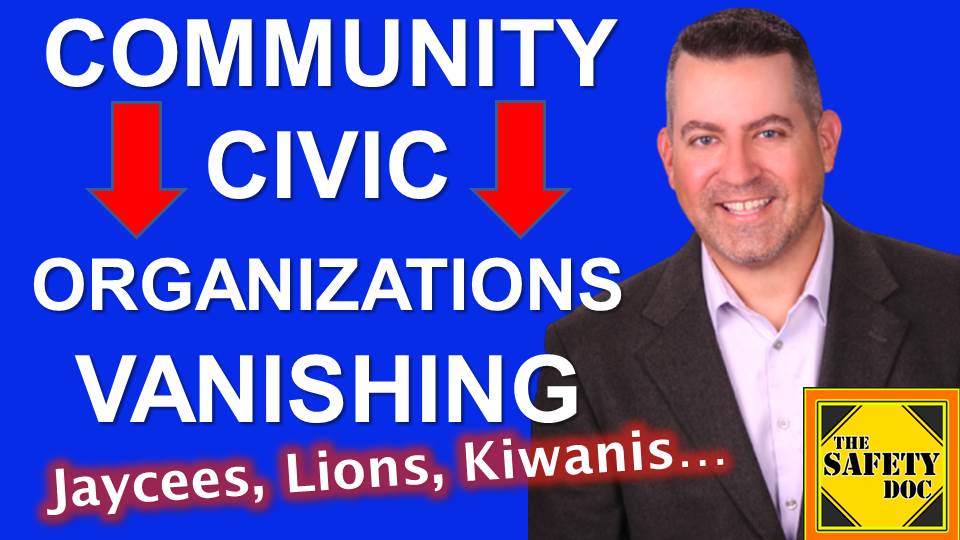Posts Tagged ‘School of Errors’
Negative Expectation Bias | When All News is Bad News | The Velocity of Information | SDP181
[Podcast] A popular Reddit thread is titled, “What’s a ‘Today is going to suck’ red flag. A top up-voted response was, “Waking up with a huge headache,” and another was “When you get all the red lights on your commute.” Each of us could add a comment to that thread, right? Per the National Institute…
Read MoreSmoky Mountains Wildfire | The Collapse of Physical Time | The Velocity of Information | SDP180
[Podcast] It is legally recognized that time is cleanly divided into years, months, weeks, days, hours, minutes, and seconds. But in certain chaos conditions, the construct of time might distort and collapse into what is known as a flow state. All that matters is the moment. And while we convince ourselves that we will observe…
Read MoreMeasuring the Wet Bulb Effect on Attention and Information | The Velocity of Information | SDP177
[Podcast] Stagnant, sweltering summer days cocoon us with unshakable pulsing heat and sticky humidity in what is known as a wet bulb effect. It’s downright uncomfortable. Our attention deviates from things at hand and centers on making an escape to our air-conditioned cars and dwellings, but the reprieve is temporary – and some of us…
Read MoreBreaking Parkinson’s Law in Chicago | The Velocity of Information | David P. Perrodin | SDP175
[Podcast] Remember fiddling around until the final hour to hunker down and complete an assignment for school or a project for work – even though you knew of the deadline for weeks? There you were, confident you could serviceably complete the task and submit it in a nick of time. Welcome to Parkinson’s Law! DIRECT…
Read MoreComorbid Chaos | 90 Days of Uncertain Times | Velocity of Information | David P. Perrodin | SDP173
[Podcast] What is comorbid chaos, how is it different from other types of chaos, and what are its consequences for societies and individuals? Doc explains the markers of uncertain times and reads an excerpt from his book, The Velocity of Information: Human Thinking During Chaotic Times. DIRECT LINK to MP3 of this Episode: https://tinyurl.com/SDP173-AUDIO COMORBID CHAOS.…
Read MoreConjunction Fallacy | Why We Believe Elaborate Reports | Taming Human Bias | SDP172
[Podcast] The `Conjunction Fallacy’ is a fallacy or error in decision making where people judge that a conjunction of two possible events is more likely than one or both of the conjuncts. Here are some examples. EXAMPLE ONE: Doc is a Wisconsinite who went to the store and bought tofu, eggplant, broccoli, and frozen meatless…
Read MoreUnpacking Normal Box Theory | Perception of Normality is Everything | Guest Lee Jarvis | SDP171
[Podcast] Guest William Wesley Lee Jarvis returns to the show to discuss “Normal Box Theory”in society and how it applies to how people, and cultures in identifying the illusion of priorities. What is “thinking in averages?” Why is perception of normality everything? What are counter-processes and fixes? How do we analyze processes of culture relative…
Read MoreJosh the Locksmith | Security 101 and Avoiding Scams | Worst Locksmith Experiences | SDP170
[Podcast] Guest Josh the Locksmith has been helping people get into their cars and homes for the past decade. He informally learned the craft on the side and then became a business owner and a successful locksmith. Working from Minneapolis-St. Paul metro, it’s not uncommon for a service call to result in a 200 mile…
Read MoreThe Braess Paradox | Psychological Impact of I35W Bridge Collapse on Driving Behavior | SDP169
[Podcast] WHAT IS THE BRAESS PARADOX? Braess’ Paradox states that, counterintuitively, adding a road to a road network can slow down overall traffic through it. The paradox was discovered in 1968 by German mathematician Dietrich Braess as he examined humans driving behavior. At the root of this paradox is that every driver thinks for themselves…
Read MoreCommunity Civic Organizations Vanishing | Jaycees, Lions, Kiwanis, & Rotary Fading Fast | SDP167
[Podcast] Doc calls our attention to the strange disappearance of civic organizations in America and the subsequent impact on youth safety and community safety. Peaking in the 1960s, tiny villages and big cities bustled with volunteers of all ages to build parks, serve as crossing guards, hold free throw shooting contests for kids, work voting…
Read More
